What does Plan Beersheeba mean for Australian armoured units?
Share the post "What does Plan Beersheeba mean for Australian armoured units?"

What does Plan Beersheeba mean for Australian armoured units?
Following news of significant unit movements in northern Australia late last year, we received a letter to the editor asking about the Australian Army’s new Armoured Cavalry Regiments and what it all meant for older units and formations.
Having conferred with Defence, we published the following official update on the Australian Army’s Plan Beersheeba in the 1 June issue of CONTACT Air Land & Sea, and reproduce it below…
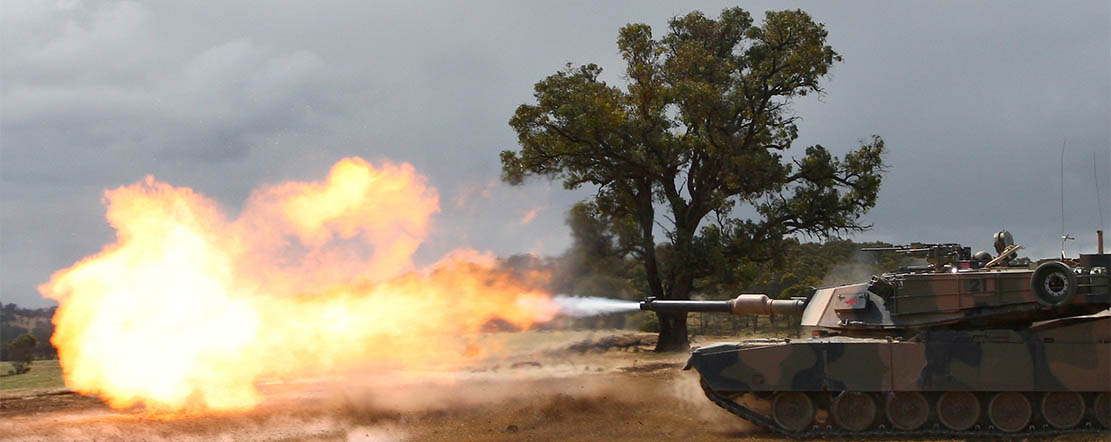
PHOTOS BY BRIAN HARTIGAN
Question: Can you please give an overview of Plan Beersheba – the concept broadly and progress generally?
Response: Plan Beersheba is the Australian Army’s modernisation plan announced by government in November 2011 and re-affirmed in the Defence White Paper 2013. Plan Beersheba considers the Army’s role in the broader Australian Defence Force and incorporates the lessons learned over a decade of continuous operations in order to achieve government direction to the Army in a more sustainable manner.
One of the principal features of Plan Beersheba is the force generation cycle – a 36-month period in which the three combat brigades of the Army rotate through phases of readiness. The three phases are the ready phase, the readying phase, and the reset phase. Each phase is 12 months long.
The force generation cycle allows the Army to maintain a combat brigade (or parts thereof) on operations, or ready for deployment at short notice, indefinitely.
Under Plan Beersheba, the Army will achieve a common brigade structure that yields three standard combat brigades. These combat brigades are supplemented and reinforced by capabilities from three supporting brigades and a Reserve force of six brigades. The Reserve brigades align closely with their full-time counterparts as part of a total-force concept for the Army.
Employing a force generation cycle across common brigade structures allows for the Army to focus training on basic war-fighting skills across the range of operation types in which the government may require assistance. This approach maintains the necessary operational preparedness and warning times. Army describes this as training in foundational war-fighting.
Implementation of Plan Beersheba is progressing well, with the 1st Brigade adopting the new common brigade structures in 2014 followed by the 3rd Brigade at the start of 2015. The 7th Brigade is scheduled to adopt the structures from 2016.
Question: Can you please outline what units and formations have been affected by Plan Beersheba – movements, amalgamations, establishments, disestablishments, re-namings, role changes, re-equipping and so on?
Response: The 1st, 3rd and 7th Brigades are in the process of being reorganised into structurally identical Combat Brigades. With the exception of the new armoured cavalry regiment this has involved reorganising existing units rather than amalgamations and disestablishments.
The most significant change in roles within the combat brigades is the change from three different types of infantry (mechanised, motorised and light) battalions to a standard infantry battalion structure in all three brigades, and the raising of armoured cavalry regiments. The armoured cavalry regiment is the name given to the new common structure for the 1st Armoured Regiment, 2nd Cavalry Regiment and 2nd/14th Light Horse Regiment (Queensland Mounted Infantry). Each regiment will consist of a cavalry squadron, an armoured personnel carrier squadron and a tank squadron. The units are not being renamed.
The 2nd Division will have a directed role to provide a variety of capabilities, including up to an infantry-based battle-group as round-out and reinforcement to the combat brigades. The six brigades of the 2nd Division are grouped into pairs, which run through a force generation cycle that aligns with one of the combat brigades. This allows the Reserve brigade pair to train with the Combat Brigade that they may be called upon to reinforce.
Within the 2nd Division this change involved modifications in brigade structures and the allocation of independent sub-units under command of a nearby unit headquarters. Artillery batteries now provide mortar capability to the infantry battalions, and armoured units have protected mobility lift roles.
The 2nd Battalion, Royal Australian Regiment, has been allocated as the core of the landing force for the Australian amphibious capability.
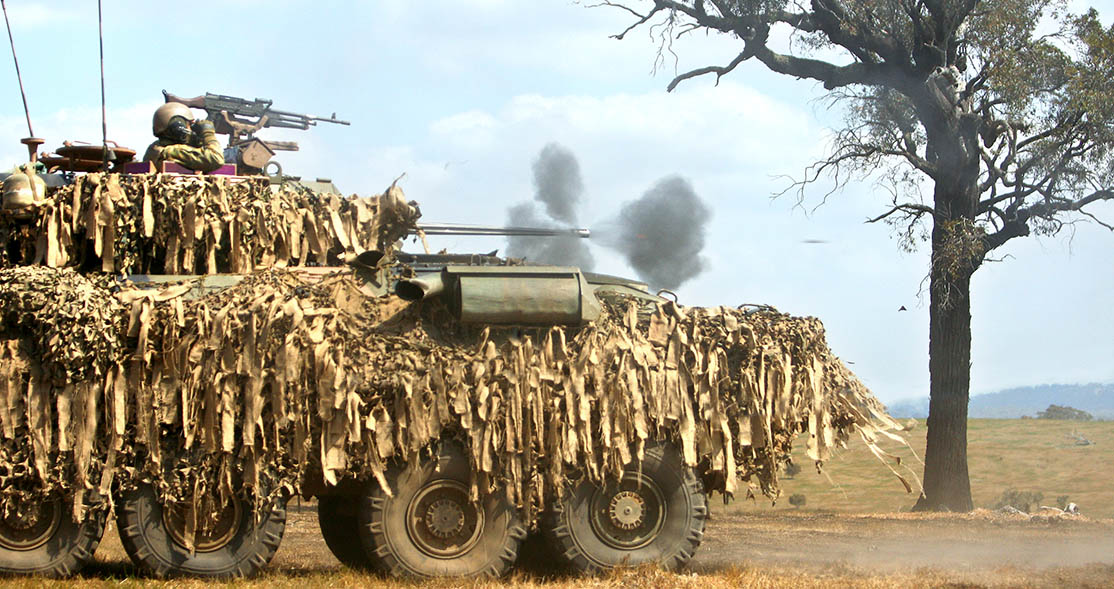
Question: What is the makeup of the new/proposed armoured cavalry regiments?
Response: The armoured cavalry regiments will contain a unit headquarters structured to command battle-group-sized combined-arms operations, a logistic support subunit, an ASLAV-based cavalry squadron, an M113-equipped armoured personnel carrier squadron and a tank squadron.
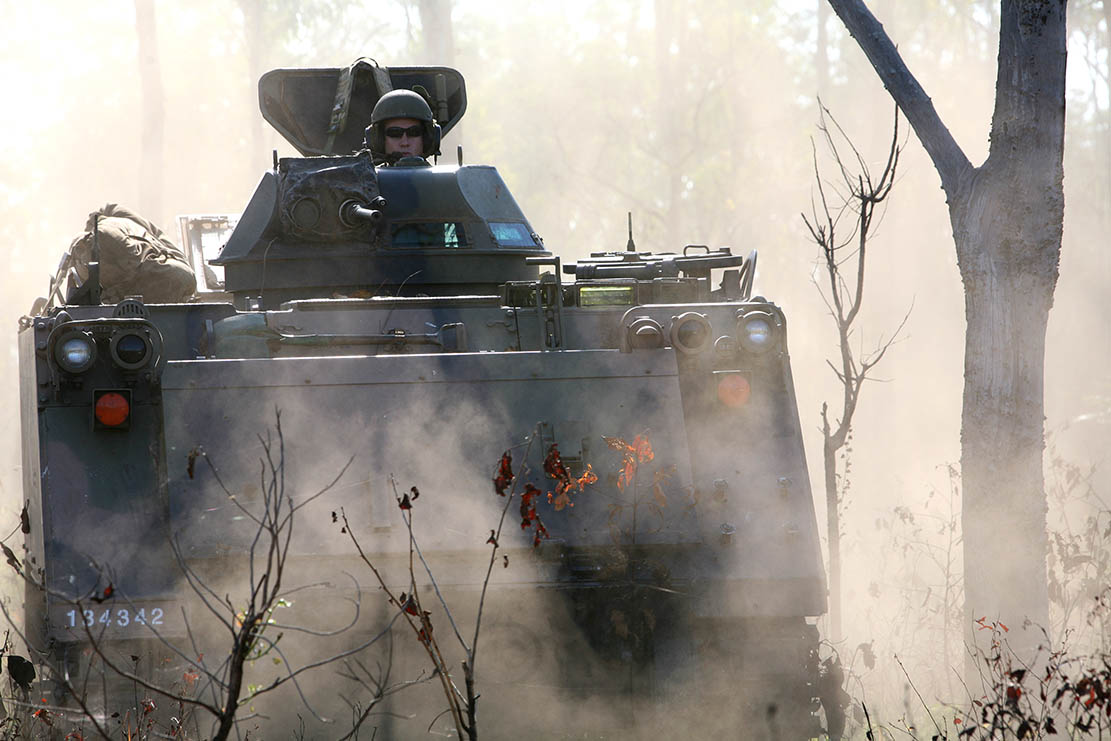
Question: How many armoured cavalry regiments will there eventually be?
Response: There will be three armoured cavalry regiments when Plan Beersheba is implemented.
Question: What will they be called (e.g. 1ACR, 2ACR, 3ACR?)?
Response: The 1st Brigade armoured cavalry regiment will be the 1st Armoured Regiment.
The 3rd Brigade armoured cavalry regiment will be the 2nd Cavalry Regiment.
The 7th Brigade armoured cavalry regiment will be the 2nd/14th Light Horse Regiment (Queensland Mounted Infantry) (2/14LHR (QMI)).
In order to have one armoured cavalry regiment in each brigade, 2nd Cavalry Regiment transferred from 1st Brigade in Darwin to 3rd Brigade in Townsville at the end of 2014.
Question: Where will they be located?
Response: The 1st Armoured Regiment is located mainly in Darwin, with a single squadron located in Adelaide.
The 2nd Cavalry Regiment is located with the rest of the 3rd Brigade in Townsville.
2/14LHR (QMI) is located in Brisbane at Gallipoli Barracks. The final location of 2/14LHR (QMI)’s tank squadron is yet to be determined and it will be several years before it is raised.
Question: How many ASLAVs, Abrams, (Bushmaster?), (arty?), (support battalion?), (infantry/cav scout?), (UAV?) etc etc, and/or how many squadrons/batteries/bricks of each, make up a ‘typical’ ACR?
Response: An armoured cavalry regiment will contain an ASLAV-based cavalry squadron, an M113-equipped armoured personnel carrier squadron and a tank squadron along with support vehicles.
Question: How close to ‘typical’ will each actual armoured cavalry regiment eventually be?
Response: The three units will possess the same structures and identical entitlements to personnel and equipment.
The actual structure of each unit will remain the same, but the composition will vary due to normal fluctuations as each moves through Army’s force generation cycle.
Question: What does the typical new command chain look like and is there any major change from the old structure?
Response: The chain of command will look the same as usual for units and sub-units within a brigade structure.
Question: If units have been renamed, disestablished, amalgamated or otherwise ‘changed’ under Plan Beersheba, what happens to their Battle Honours, Guidons etc? (please be specific in relation to actual affected entities).
Response: The major change in the Regular Army’s order of battle has been the transfer of the 2nd Cavalry Regiment from the 1st Brigade to the 3rd Brigade. The 2nd Cavalry Regiment’s lineage
and associated heritage remains with the unit in the new location.
In order to implement the move of the 2nd Cavalry Regiment to the 3rd Brigade, B Squadron, 3rd/4th Cavalry Regiment, a sub-unit of the 3rd Brigade, will be transferred to the 11th Brigade and be reconstituted at some time in the future. In the meantime, B Squadron’s Guidon and other heritage items are in the custody of the School of Armour.
Over the past several years a number of changes to units and sub-units have been made in the 2nd Division and the care of honours and heritage has been transferred to new organisations on a case-by-case basis.
.
.

.
.
Share the post "What does Plan Beersheeba mean for Australian armoured units?"

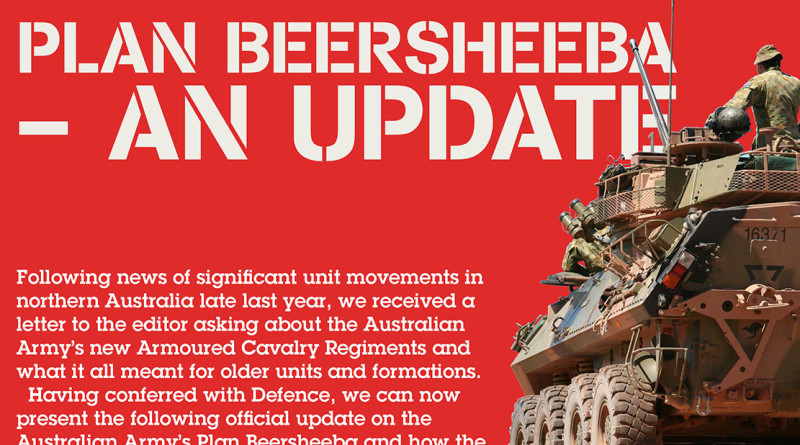


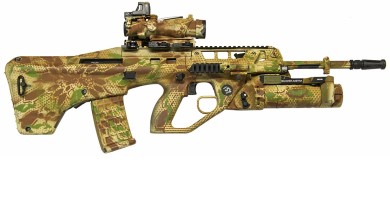

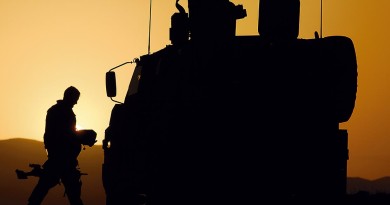
Just a captioning comment. The APC isn’t an AS4, the turret is the clearest indicator it’s an older M113A1.
Cheers
Good pickup Hilly – I’ve fixed it.
Thanks for reading.
Brian Hartigan
Editor